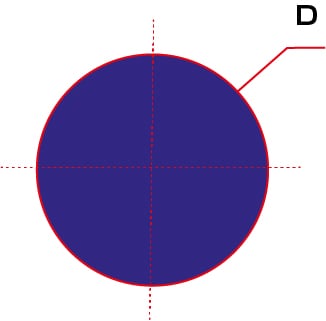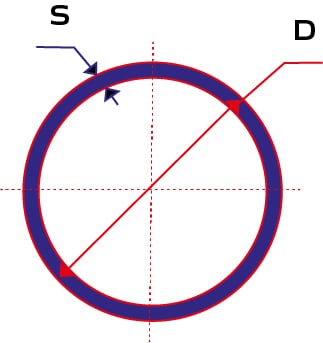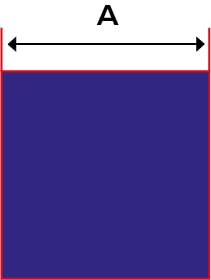ABOUT US
We have been a supply partner of companies since 1962!
NON-FERROUS METALS
Aluminium is one of the most abundant metals on earth and is the third most common element, making up 8% of the earth’s crust. Thanks to the versatility of aluminium, it is one of the most widely used metals after steel.
Aluminium has a density of around one-third that of steel or copper, making it one of the lightest metals commercially. The resulting high strength-to-weight ratio makes it an important structural material for increased payloads or fuel savings, especially for the transportation industry (such as the automotive industry).
When aluminium is exposed to air, a layer of aluminum oxide forms on its surface almost instantly. This layer shows excellent resistance to corrosion. It is highly resistant to most acids, but less resistant to alkalis.
The thermal conductivity of aluminium is about three times higher than that of steel. This makes aluminum an important material of choice for both cooling and heating applications such as heat exchangers. This property, coupled with its non-toxicity, is one of the main properties of aluminium, which indicates that it is widely used in kitchen appliances and utensils.
Along with copper, aluminium has a sufficiently high electrical conductivity for use as an electrical conductor. Although the commonly used conductive alloy (1350) is only about 62% of copper, it is only one-third its overall weight and can therefore conduct twice as much electricity compared to copper of the same weight.




